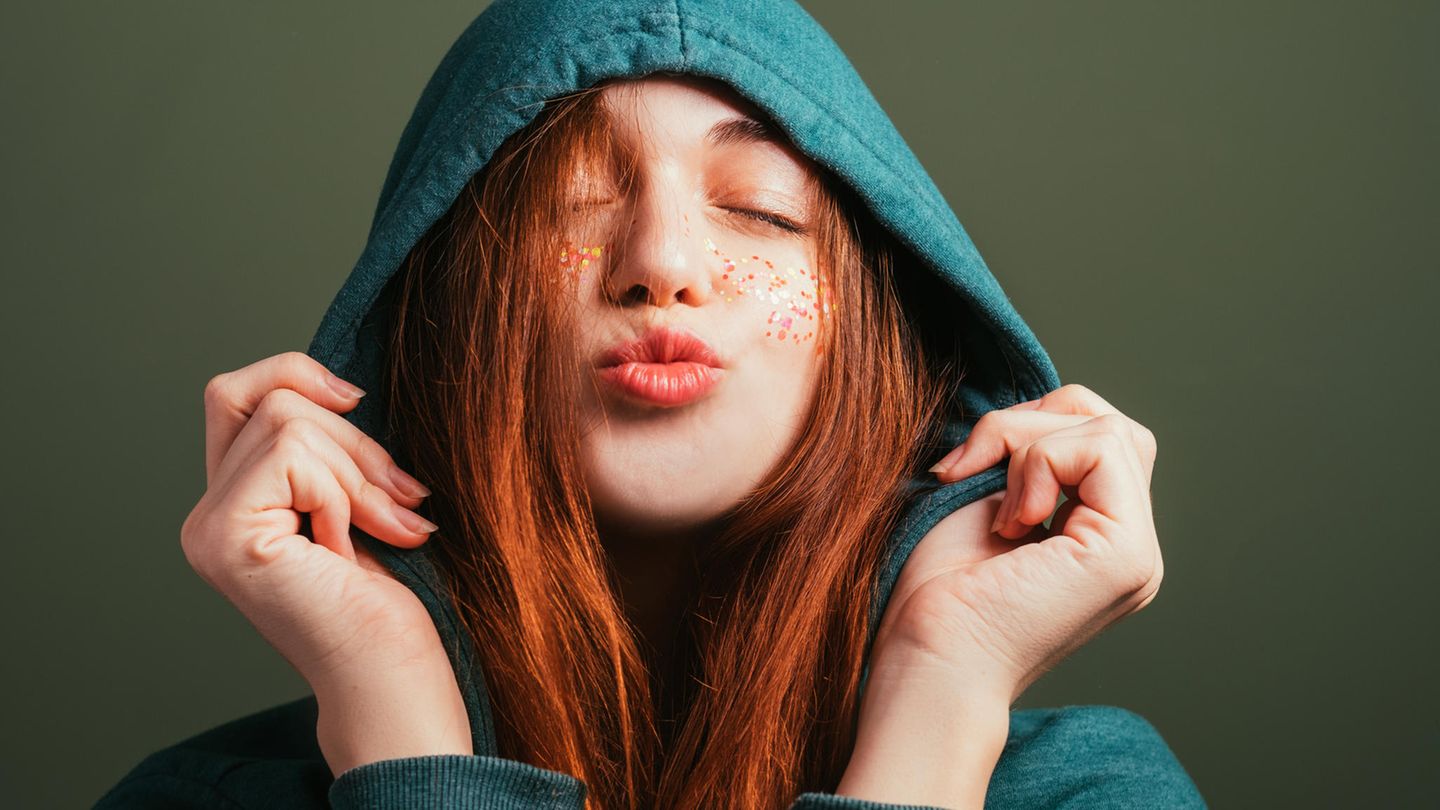The house that was the home and workshop of the Argentine artist Alberto Heredia (1924-2000), on Avenida Caseros 828, was bequeathed along with 517 works of his authorship to the Museum of Modern Art of Buenos Aires, which after some architectural reforms and The development of the property turned it into the first artist residence of a public museum in Argentina, a space that will begin operating in 2024, the director of the institution, Victoria Noorthoorn, announced today.
The now baptized “Casa Alberto Heredia”, a 157 square meter apartment, located on the fourth floor of a historic building on Avenida Caseros, near Parque Lezama, was converted into a residence and workshop to house two artists or professionals at a time. , national or foreign, so that they have time and space for research, production and exchange in the field of visual arts.
“The Museum is a catalyst for economic development for the artistic community, for the neighborhood and for the city, and I believe that this residence, which honors the legacy of Alberto Heredia and his generosity, completes the project of offering a thriving museum that also “links with all scenes in the country and with the world. It is the possibility of constantly and continuously revitalizing the cultural ecosystem,” the director of the Modern Museum, Victoria Noorthoorn, told Télam during the press presentation of the brand new space.
Modern and cozy, with two bedrooms with private bathrooms, living room, kitchen and a spacious work workshop, the Heredia house was reconditioned to fulfill the new function of use by the community of artists and will have a “spirit of federal, regional and internationally, by connecting the Modern Museum with artists and professionals from the country and the world,” in the words of Noorthoorn.
It is also the first project of the Modern Museum executed entirely with private funds, “a path of joining wills, which is proudly realized within the public sphere,” highlighted the curator.
The residence had interior design by the Joanne Cattarossi studio, which applied the premise of incorporating Argentine design, so the decoration of the place includes, among other examples, a Pipe armchair -designed by Catamarca native Cristian Mohaded-, furniture, lamps and locally made carpets as well as vessels from Tucumán artisans Blau. The moldings on the walls, openings, floors, tiles and the kitchen sink were preserved, as well as the ironwork in the hallway that the house originally had.
Located 800 meters from the museum, the Casa Alberto Heredia will have a program – with support from ArtHaus – that will offer production and research residencies for artists from different regions of the country; training and professional exchange residencies for visual arts professionals from other regions of the country that will be integrated into the daily work of the Modern Museum; residencies for artists and researchers invited to develop a community mediation project; and research residencies for curators from other regions of the country.
But it will also have an exchange program with international organizations interested in promoting intercultural dialogue, which plans to include visits from artists, curators and other experts in the field of visual arts and related arts, they detailed during the presentation.
The Buenos Aires Minister of Culture, Enrique Avogadro, pointed out that “this proposal very clearly accompanies the Moderno’s project of being a living museum, which is committed to education, integration and work with the community, and which will allow artists from all over the country but also from the world to stay here and work with the modern museum on different projects, in the first residence in Argentina of a public museum.
The relationship of Alberto Heredia, one of the most important exponents of sculpture in Argentina, with the Museum of Modern Art of Buenos Aires extends throughout the history of the institution, in whose programming the artist actively participated from his first exhibition in 1960, in its then new headquarters of the San Martín theater, along with artists such as Jackson Pollock and Antoni Tápies. In that year the museum also acquired the first works of his authorship that would become part of his collection.
Already between the late 90s and 2000, and thanks to the artist’s close relationship with Laura Buccellato, former director of the institution, Heredia formally bequeathed 517 works to the museum, his archive and library, works from his personal collection and his house today. reconditioned.
“Alberto Heredia was a critical and uncompromising artist, with an incisive, biting look, precise in his gestures and in his way of approaching reality. He had all the bravery and courage to denounce the horrors of torture and violence during periods authoritarians of our political and social history. And he did it without hesitation. He also knew how to be playful, ironic and free in his creativity, making countless sculptures, drawings and objects that took different references, generating a very authentic, very own art that has no possibilities of being pigeonholed into some movement or trend. Its artistic coherence is completed with the donation to the museum, which is a donation to society as a whole,” highlighted the director of the Moderno.
Heredia captured a revulsive imagery in works made with waste materials, with what society expelled: corrugated cardboard, rolls of toilet paper, sticks, ropes, bandages, woven wire, rags, cans, dissected dolls, hair, dental prostheses, medals religious or anachronistic furniture. Her production combined irony and sarcasm.
The series of works made in the 70s, “Tongues and Gagging”, showed mouths and tongues gagged with rags and bandages, violently tortured, an allegory of the censorship imposed by the military dictatorship.
An accident will mark his entire production: while riding on a ranch in Cañuelas, his horse runs away and leaves him hanging by his right leg, which breaks into two parts. He had to undergo surgery several times and suffered a prolonged convalescence. That gesture of wrapping with bandages again and again, which he experienced firsthand, would later be transferred to several of his pieces, which made him one of the most important exponents of sculpture in Argentina.
Source: Ambito
I am an author and journalist who has worked in the entertainment industry for over a decade. I currently work as a news editor at a major news website, and my focus is on covering the latest trends in entertainment. I also write occasional pieces for other outlets, and have authored two books about the entertainment industry.




